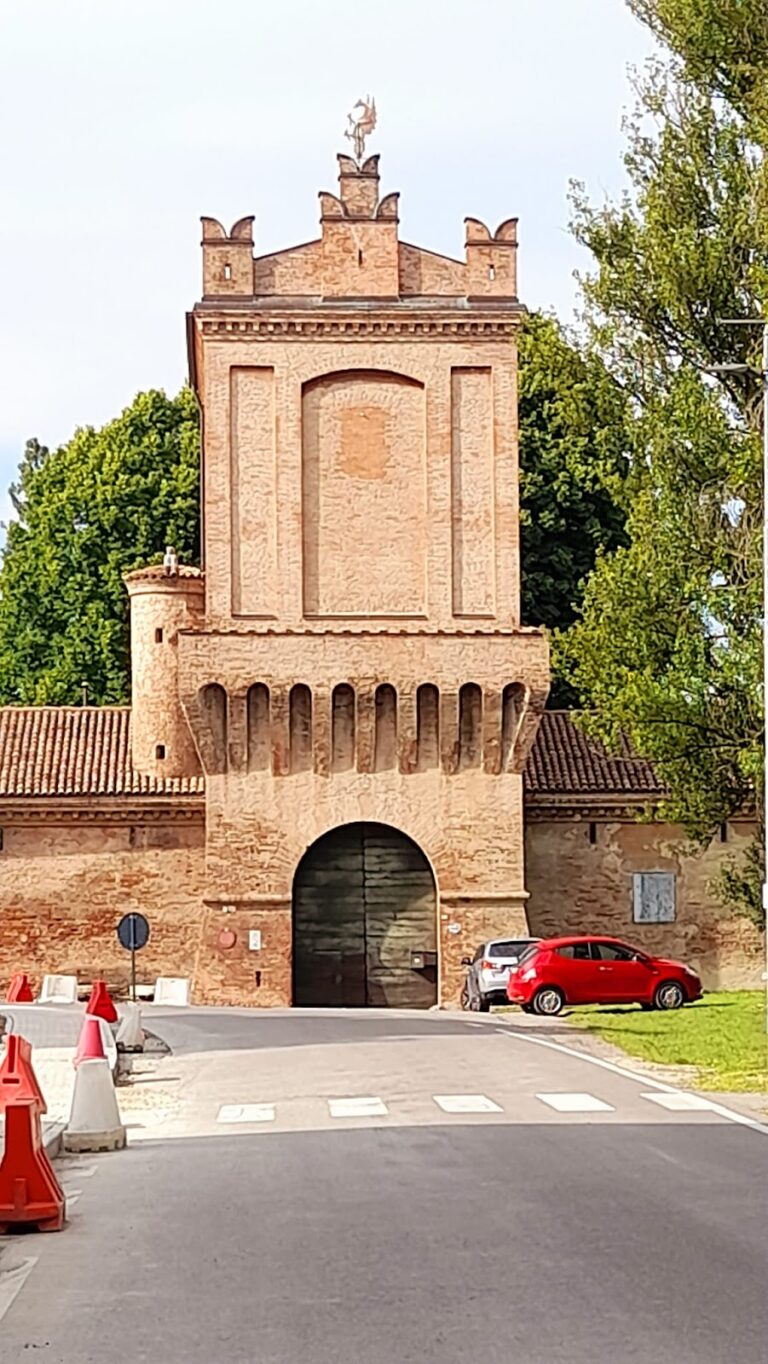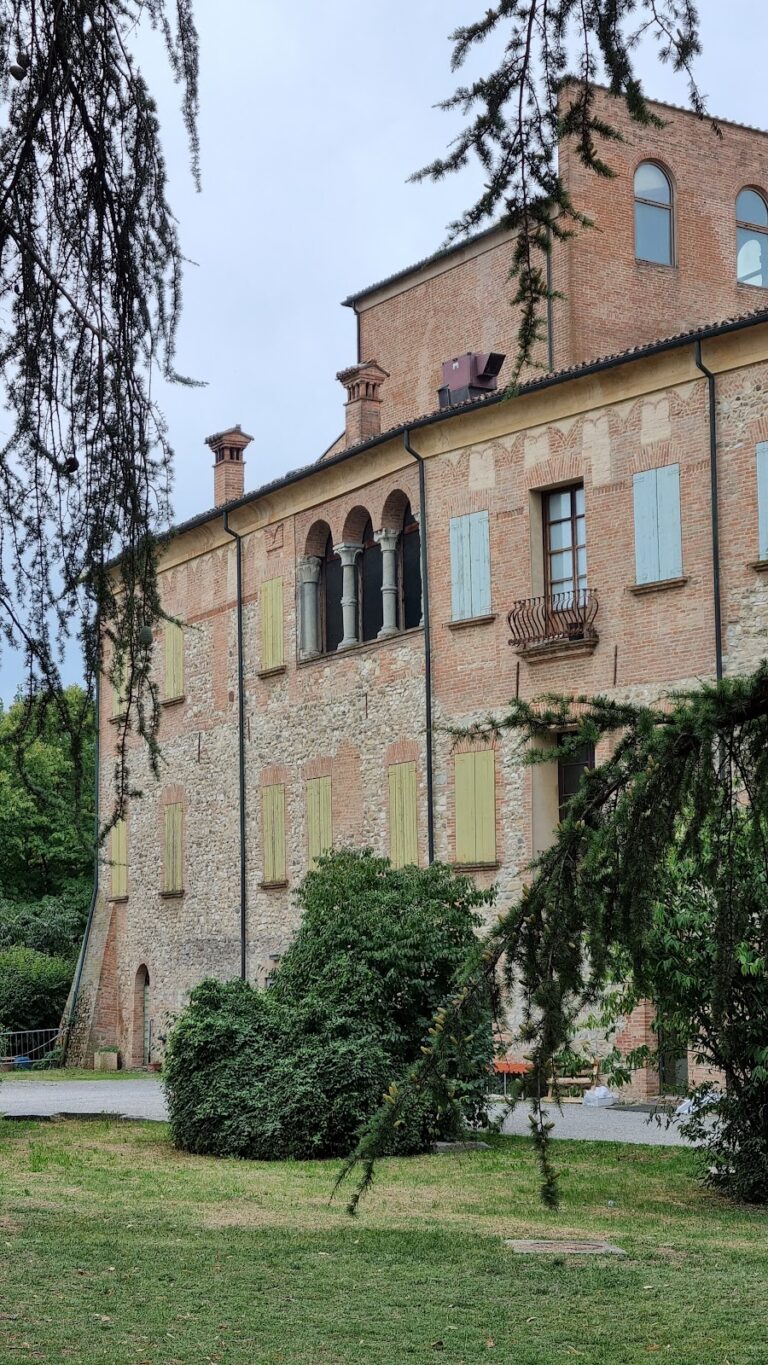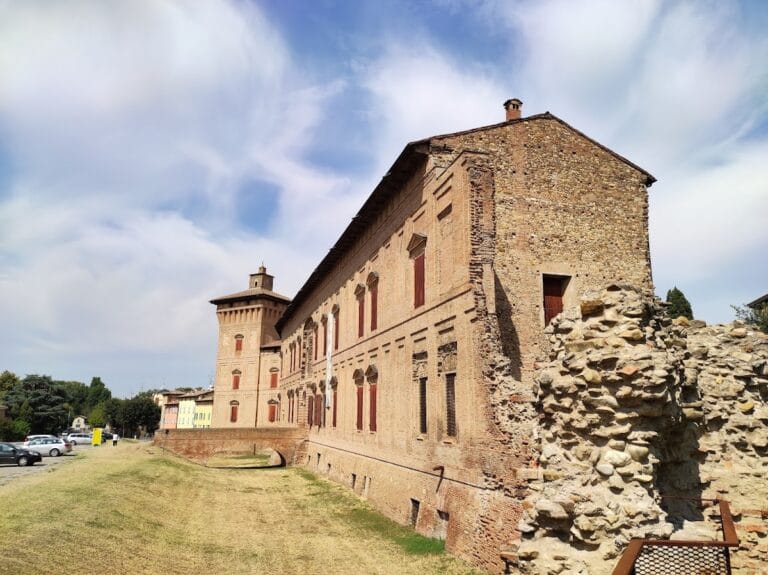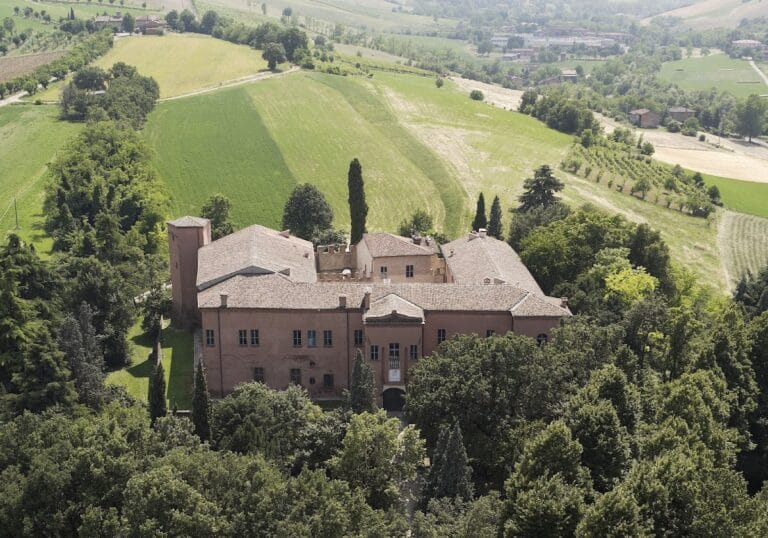Castello dei Pio: A Historic Castle and Cultural Center in Carpi, Italy
Visitor Information
Google Rating: 4.6
Popularity: Low
Google Maps: View on Google Maps
Official Website: www.palazzodeipio.it
Country: Italy
Civilization: Medieval European
Remains: Military
History
The Castello dei Pio stands in the medieval heart of Carpi, Italy, and was developed over several centuries beginning in the 11th century. The complex emerged through the Middle Ages as a fortified residence under the direction of local rulers and noble families, reflecting the region’s shifting political and social landscape.
Between the 14th and 16th centuries, the castle became the home of the Pio family, a noble lineage that shaped much of Carpi’s medieval history. Their tenure saw the strengthening of the fortress as well as adaptations befitting a noble residence. During the 16th century, Alberto III Pio di Savoia played a pivotal role by transforming the medieval stronghold into a Renaissance-style dwelling, blending fortification with aesthetic and residential refinements typical of the era.
Following the decline and eventual fall of the Pio family, the castello underwent various modifications to serve different purposes throughout subsequent centuries. These changes reflected the evolving needs of the city and region, adapting the complex beyond its original aristocratic function.
In modern times, the Castello dei Pio has been repurposed into a cultural and historical center housing Carpi’s archives, several museums, and venues for exhibitions. Notably, it contains the Museum-Monument to Political and Racial Deportees, established in 1973 to honor those interned at the nearby Fossoli camp during World War II. The castle thus carries layers of history, from medieval stronghold to Renaissance residence to contemporary memorial and educational site.
Remains
The Castello dei Pio consists of a series of interconnected buildings constructed between the 11th and 17th centuries, organized around a large central courtyard. Its overall layout reflects successive phases of expansion and architectural styles transitioning from medieval fortress elements to Renaissance elegance.
The castle’s long façade faces the Piazza dei Martiri, presenting distinct Renaissance features such as pilasters dividing windows and niches, with traces of early 16th-century frescoes by Giovanni del Sega remaining on the upper floor. At the center stands a clock tower dating from the 17th century, whose silhouette slightly recalls the design of Ferrara’s Castello Estense, signaling the influence of regional styles.
In the northern section of the complex, the cylindrical Torre dell’Uccelliera, built in 1480, adjoins the older Torre del Passerino, a crenellated tower from 1320. These structures highlight the castle’s original defensive purpose. At the opposite end lies the Torrione di Galasso Pio, completed by 1450, adorned with terracotta decorations and pinnacles that add both ornament and distinction.
Entry to the castle is gained through a passage beneath the clock tower, leading into the expansive main courtyard inspired by Donato Bramante’s architectural principles. This courtyard features arcades on all sides framed by round arches resting on marble columns, some of which have notably intricate capitals. Terracotta decorations within the courtyard were carefully restored in the 19th century, preserving their artistic appeal.
To the right of the courtyard, a grand double-flight staircase connects different levels under a domed balcony, providing access to the piano nobile, or main floor. Surrounding the courtyard, rooms on this level are linked by a glazed continuous loggia styled after Raphael’s renowned loggias, possibly designed with input from Baldassare Peruzzi.
One of the castle’s most remarkable interiors is the monumental apartment in the northeast wing, which houses the Salone dei Mori. This hall features perspective paintings, classical-style statues, and allegorical frescoes by Giovanni del Sega from 1506, drawing inspiration from Este family palaces like Palazzo Schifanoia. The chapel nearby has a nave with two bays and a square choir crowned by a dome resting on pendentives, an architectural feature allowing a circular dome to sit over a square room. Restored in 1921, the chapel’s walls and vaults contain early 16th-century frescoes by Bernardino Loschi depicting scenes involving the Virgin Mary and the Pio family. The altar once displayed Vincenzo Catena’s “Annunciation,” now preserved within the museum.
Decorative elements in the chapel include four polychrome terracotta roundels by Andrea della Robbia depicting the Evangelists. The floor is covered with a valuable majolica tilework, although this flooring is not original. Adjacent to the chapel, the “Stanza del Forno” retains a 14th-century wooden coffered fireplace and contains several detached frescoes from the 16th century.
Other rooms within the castle present diverse artistic programs: the “Stanza Ornata” boasts perspective frescoes by Bernardino Loschi; the “Stanza dei Trionfi” contains fresco fragments inspired by Petrarch’s Triumphs; the “Stanza dell’Amore” features a 15th-century fireplace along with a painted and stuccoed ceiling vault; the “Sala dei Cervi” presents 16th-century hunting scenes, and the “Stanza degli Stemmi” displays heraldic frescoes from the same period.
The castle’s art gallery, currently undergoing renovation, houses paintings by prominent artists such as Mattia Preti, Jacopo Palma the Younger, and Denys Calvaert, among others linked to the Emilia school. The collection also includes Renaissance ceramics and antique furnishings.
Since 1936, select first-floor rooms have accommodated the Italian Woodcut Museum, dedicated to Ugo da Carpi and other important woodcut printmakers. The museum displays original woodcut plates, matrices, and a 19th-century printing press, illustrating the history and craft of printmaking.
The second floor is occupied by the City Museum, which showcases a wide array of archaeological materials ranging from prehistoric times through Etruscan, Celtic, Roman, and medieval periods. It also features sections devoted to Carpi’s historical rulers, including the Pio and Este families, and displays items related to 19th-century French bronze works, local production of scagliola (a type of decorative plaster), the Italian unification movement (Risorgimento), rural traditions, and the city’s textile industry, highlighted by contemporary brands such as Anna Molinari’s Blumarine.
Together, these features and collections reveal the Castello dei Pio as a layered monument reflecting centuries of military defense, aristocratic residence, artistic patronage, and cultural preservation.










